1
-
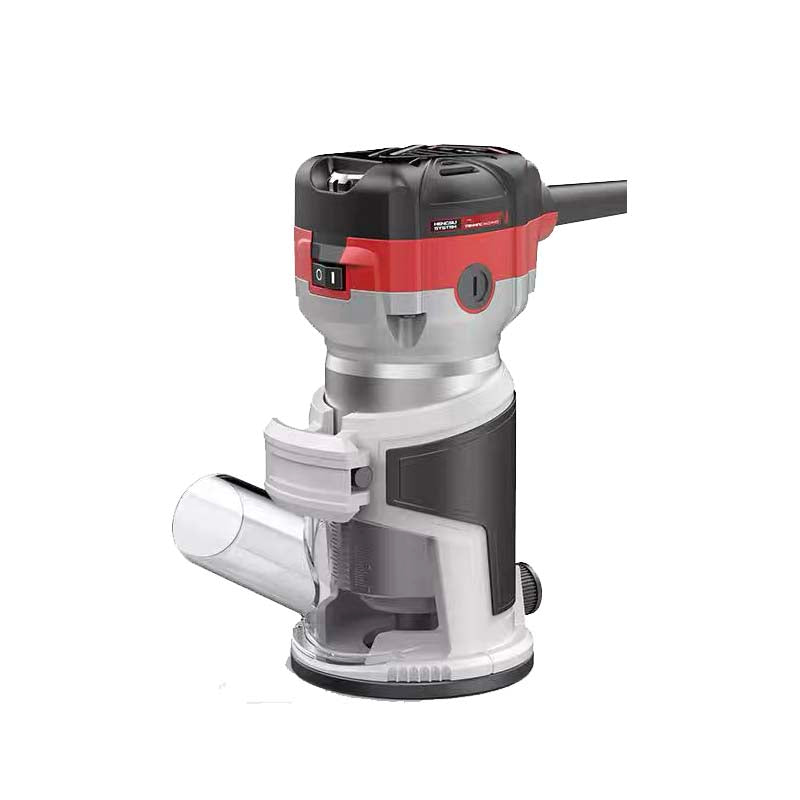
$89.40 USD
800W Trim Router with Constant Speed and Soft Start System.
----------
Power Source: Corded
Motor Power: 800W
Collet Size:
1/4''Variable Speed: 6
Depth Adjustment: ✔️
Dust Collection: ✔️
----------
-
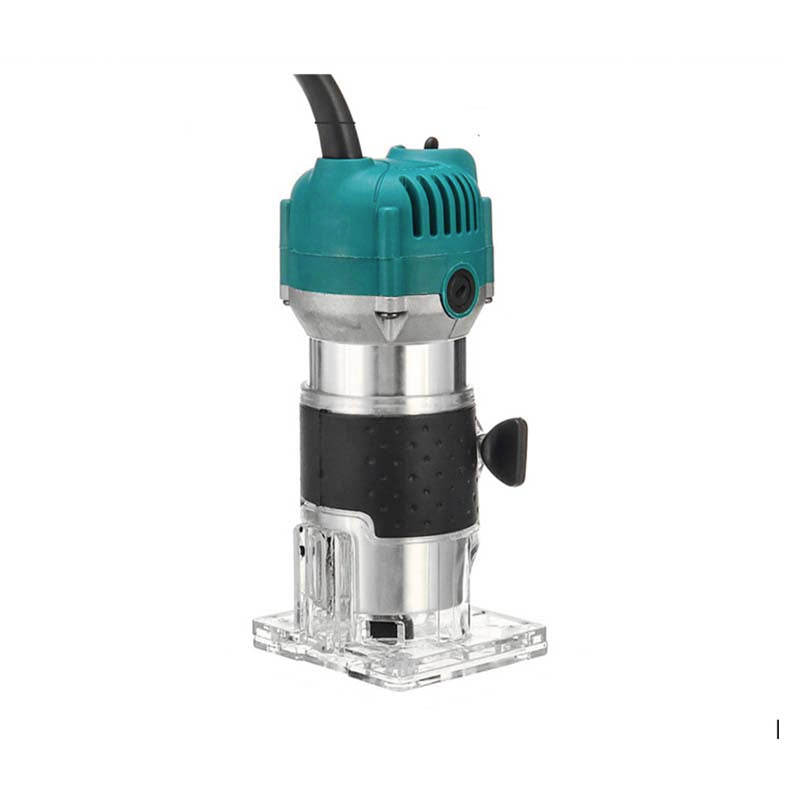
$69.89 USD
Compact Trim Router for A Variety of Wood Trimming Tasks.
----------
Power Source: Corded
Motor Power: 800W
Collet Size:
1/4'' - 1/3''Variable Speed: ❌
Depth Adjustment: ✔️
Dust Collection: ❌
----------
-
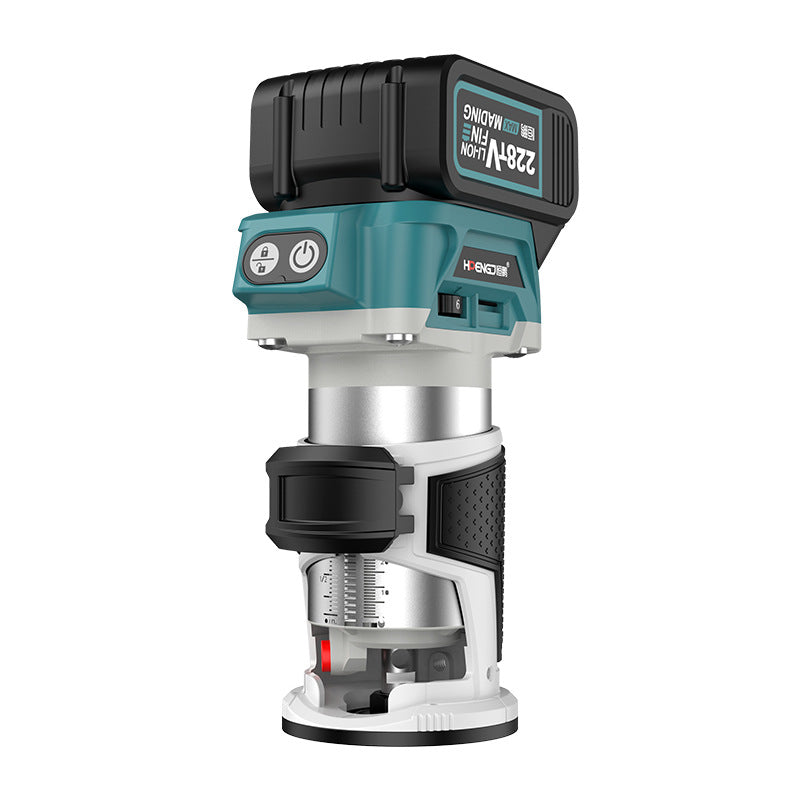
$99.48 USD
21V Lithium-Ion Brushless Cordless Versatile Trim Router.
----------
Power Source: Cordless
Motor Power:
21VCollet Size:
1/4'' - 1/3''Variable Speed: 6
Depth Adjustment: ✔️
Dust Collection: ❌
----------
-
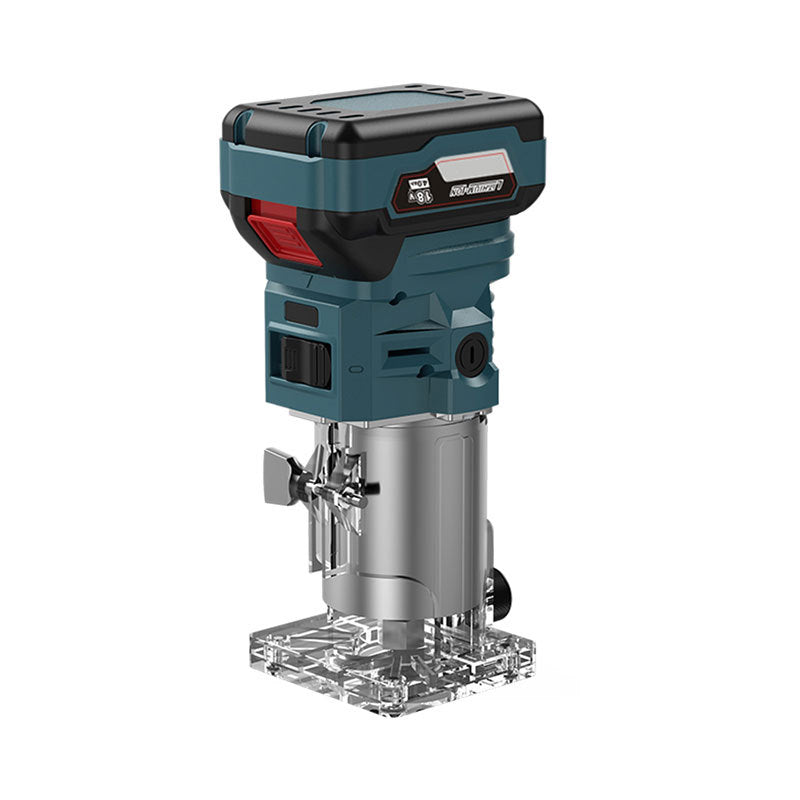
$97.36 USD
Trim Router with 18V Li-ion Battery and Pure Copper Motor.
----------
Power Source: Cordless
Motor Power:
18VCollet Size:
1/4'' - 1/3''Variable Speed: ❌
Depth Adjustment: ✔️
Dust Collection: ❌
----------
-
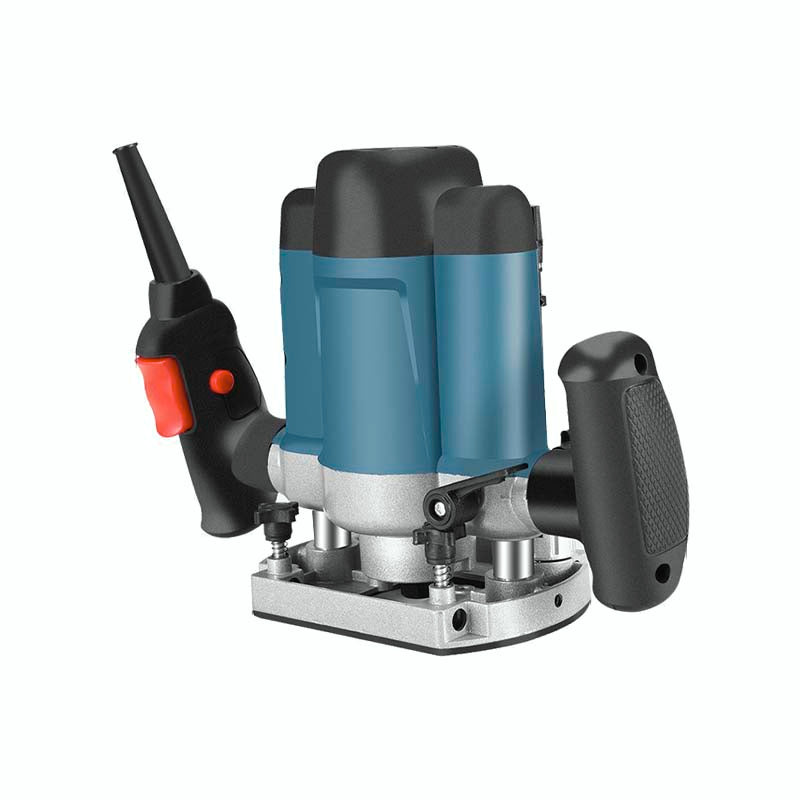
$87.35 USD
Versatile Plunge Router for Heavy Duty Woodwork Tasks.
----------
Power Source: Corded
Motor Power: 1800-2200W
Collet Size: 1/4'', 1/3'', 1/2''
Variable Speed: 6
Depth Adjustment: ✔️
Dust Collection: ❌
----------
Buying Guide: Wood Trim Router
A trim router is an indispensable tool for woodworkers seeking precision and versatility in their projects. With the right choice, you'll unlock a world of possibilities in woodworking, allowing you to achieve impeccable results and explore your creative potential.
What Is A Trim Router?
A trim router, also known as a laminate trimmer or palm router, is a compact and versatile power tool designed for trimming, shaping, and profiling wood. It's characterized by its small size, light weight, and maneuverability, making it ideal for tasks that require precision and finesse. Trim routers are widely used in various woodworking applications, from edge profiling and chamfering to decorative inlays and hinge mortising.
9 Things to Consider When Choosing a Trim Router
- Power Source. Trim routers can be corded or cordless. Corded models offer consistent power but limit mobility, while cordless models provide portability but may have limitations in terms of battery life and power output.
- Motor Power. The motor's power rating is an important factor. Higher power allows for more aggressive cuts and the ability to handle a wider range of bits and materials. Consider the types of projects you'll be working on when choosing motor power.
- Collet Size. The collet size determines the range of router bits you can use. Common collet sizes for trim routers are 1/4-inch and 3/8-inch. Ensure that your trim router's collet size matches the bits you plan to use.
- Ergonomics. Look for a trim router with a comfortable grip and easy-to-reach controls. A well-designed router will reduce user fatigue during extended use.
- Variable Speed. Variable speed control is essential for different bit types and materials. Being able to adjust the router's speed ensures cleaner and more precise cuts.
- Depth Adjustment. Consider the ease and precision of the depth adjustment mechanism. Accurate depth control is crucial for achieving the desired results in your projects.
- Compatibility with Accessories. Check if the trim router is compatible with various guide bushings, edge guides, and other accessories. This expands its capabilities and enhances the accuracy of your work.
- Dust Collection. Some trim routers offer dust collection capabilities, which help maintain a cleaner work area and improve visibility while routing.
- Budget. Finally, consider your budget. Trim routers are available in a wide price range. While it's tempting to go for the most powerful and feature-rich model, balance your needs with your budget to make the right choice for your workshop.
Finally, I hope you can find the trim router that suits you best.






